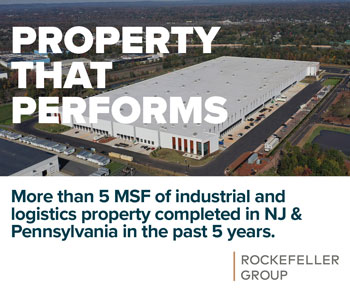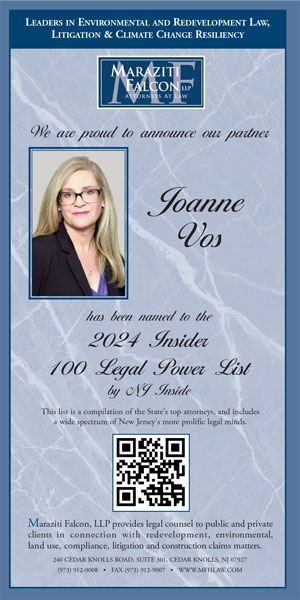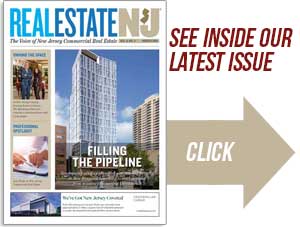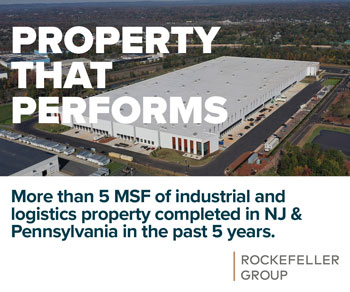By Joshua Burd
Call it a comeback for contingencies, at least in the case of industrial real estate owners such as Greek Development. The firm’s David Greek notes that it has stepped back from buying development sites “as is, where is” — a common practice during the peak of the market — and is now pushing for contracts that provide time for land use approvals and other milestones.

“That has been our pivot recently to say, ‘Look, we’re willing to pay what might appear to be slightly higher than what this land is worth today, but by the time we get through the entitlements, we will have removed enough risk from this project that that price is justified,’ ” said Greek, a managing partner with the East Brunswick-based firm. “And, at the same time, if rent continues to grow during that period, then the project starts to look very, very attractive.”
Greek Development is not alone, as industrial owners in New Jersey adapt to a climate of caution in the capital markets, cooling demand from tenants and growing local resistance to large warehouse projects. Some see it as a chance to double down in a market that is still fundamentally strong despite a slowdown in big-box leasing. Others are pivoting to different, more conservative approaches to remain active in the near term, such as acquiring existing, stabilized properties or adopting a more flexible leasing strategy.
“This is the time to find really interesting opportunities,” Greek said. “Everything is harder to capitalize and harder to entitle today, but we think there are great opportunities to be found in this marketplace because we do believe in the long-term strength of owning, managing and building industrial in this market.
“So we’re certainly changing our approach to how we structure contracts and the pricing that we pay for development sites … but we are not kicking our feet up and waiting for economic conditions to improve. We’re trying to grind through this and continue to make deals that we can deliver when the economic environment is on the upswing, rather than right now when it’s looking not so great.”
The shift comes as industrial owners grapple with a virtual freeze in the debt and equity markets that may have been difficult to fathom only two years ago, following more than a year of sharp increases in the Federal Reserve’s benchmark interest rate. Financing options are scarce and largely limited to life insurance companies and private funds, insiders say, while construction loans are even harder to come by.
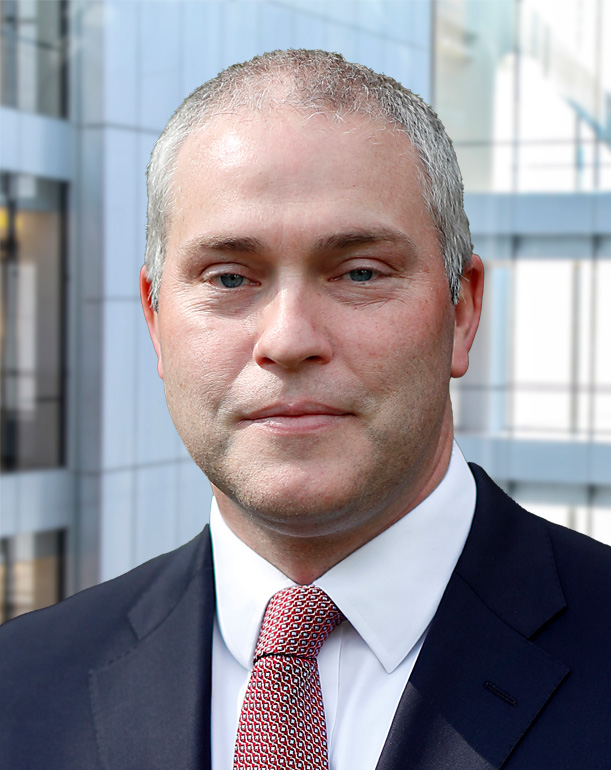
“We’re going through a repricing,” said Ian Christ, an executive director with PGIM Real Estate, speaking during a panel discussion in early May. “I think, given the volatility in the market, everyone is nervous to make any type of big decision right now. So if you’re making a big investment today, I would say the bar is really high. If you’re teeing something up for a year or two from now, maybe you’re willing to take a little bit more risk or put up some option money to build pipeline, but I think, in general, everyone wants to get paid more of a return right now.”
Christ added that “credit from banks is very tight,” with lenders facing stricter regulatory scrutiny after the collapse of Silicon Valley Bank in March.
JLL’s Marc Duval, another panelist at the program hosted by the Urban Land Institute’s Northern New Jersey chapter, said “the whole capital stack is getting more expensive.” Prior to last year’s interest rate hikes, debt costs to build a 200,000-square-foot warehouse accounted for around $6 per square foot within a construction budget. Today, it’s closer to $18 to $20 per square foot, he said.
Naturally, that has impacted land values and what developers can afford to pay for buildable sties, even if many sellers are still catching up to the market.

“Unfortunately, it takes a lot of education on the private side with land holders who saw their land drop a minimum of 30 percent, just based on rate movement,” said Duval, a managing director with JLL’s Morristown-based capital markets team.
Industrial owners, meantime, are dealing with a pullback in tenant demand that is by no means catastrophic, but notable after a run of record-low availability and unprecedented rent growth. Vacancy in the market rose by 130 basis points in the second quarter of 2023, according to a report by NAI James E. Hanson, thanks to a flurry of new construction and a return to what experts describe as normalized demand levels. The firm also pointed to a growing stock of sublease space, which reached its highest level since 2012, with nearly 6 million square feet available on the market.
What’s more, the pricing acceleration has slowed over the last several quarters after the dramatic increases seen during the COVID-19 crisis, NAI Hanson said.

“However, these indicators indicate a return to the more typical pricing and demand conditions seen before the pandemic,” said James Delmonte, vice president and director of research for the Teterboro-based firm. “The fundamental factors such as population, location and size, which have been the driving force behind the region’s strength to date, remain intact and will ensure that it continues to be one of the nation’s strongest markets in 2023 and beyond.”
It’s why many owners remain bullish on the asset class, especially with unemployment still low and an economy that’s still relatively healthy. PGIM’s Christ said that, while the outlook could change under the weight of credit constraints and interest rates staying higher for longer, “this generally feels like a capital markets issue right now (and) less of a fundamental issue. We still feel pretty good about rents, occupancy, leasing and all that other good stuff that drives the underlying performance of property.”
Focus on acquisitions
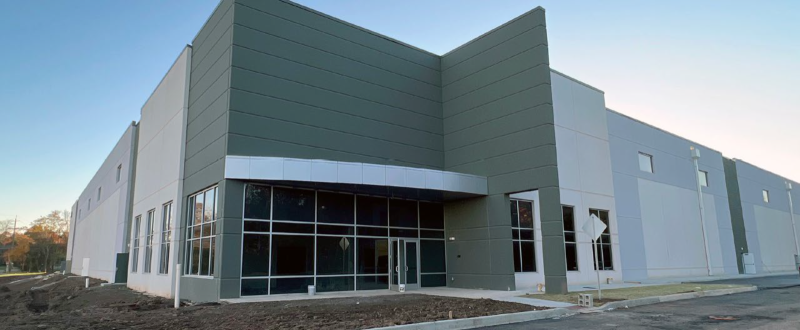
Some owners, to that end, are expanding their focus on acquisitions. In Q2, Bridge Industrial completed its first two deals in New Jersey under a recently launched value-add platform, acquiring a 152,175-square-foot warehouse in Franklin’s Somerset section and a 115,000-square-foot service facility in Linden for $44 million and $49.5 million, respectively. The quarter also saw Prologis Inc. buy 14 million square feet from funds affiliated with Blackstone for $3.1 billion in cash, including nearly 2 million square feet in New York and New Jersey.
Alex Motiuk, Greek Development’s director of acquisitions, said stabilized Class B buildings — often with short lease term remaining — are among the most coveted assets today.

“There’s been a real influx of investors that are looking to buy existing because of all the challenges … on development deals and where you’re pinning the value of land, how long it takes to entitle and build new product,” Motiuk said. “As long as you can buy existing and its price is at or below replacement cost, a lot of investors have been flocking to that asset type recently.”
Doubling down on development
That’s not to say that development activity has dried up in New Jersey, a market with many well-established, well-heeled builders. Bill Bumber, Advance Realty Investors’ managing director of industrial development, said the firm has buckled down to focus on sites in its existing portfolio, allowing it to “take land that we’ve had sitting on the books for some time, perfect it and ultimately go after those entitlements.” The Bedminster-based operator has also modified its approach to acquiring new parcels, at least for the time being, and is “in a place where we’re showing more of our hand.”

“We’re telling prospective sellers, ‘Look, here is where the numbers are falling today, so this is why we’re making such an offer,’ ” said Bumber, who also participated in the ULI panel discussion. “It’s not always met with open arms, but it’s certainly a change in the way we’re proceeding.
“Ultimately, we think it’s a little bit of a moment in time and we’re very confident as to what’s going to happen here over the next couple of quarters,” he added.
Advance and others also cite the growing importance of contingencies as they navigate the current capital markets landscape and growing anti-warehouse sentiment, which has grown more sophisticated and vitriolic in some cases, from residents of prospective host communities.
“There are very few developers left that will take a site as is, where is,” JLL’s Duval said. “They all want ‘subject to final site plan approvals,’ so that has moved the needle and therefore created a business strategy around (the concept of) ‘We’re going to put this land under contract, we’re going to have the option to close on it in 12 or 18 months — 24 months, even — to see where the world is then. And if we don’t like where the world is, then we’ll just drop the contract.
“So that’s a new thesis that it feels like the majority of the developers are doing, and it could be extremely lucrative if done right.”
It’s also a key strategy for developers as they wait for sellers to adjust their expectations on land prices, which Greek estimates have dropped between 25 and 50 percent from the market’s peak in 2021. He said there has been “slow but steady capitulation” on that front in recent months, with a willingness to provide contingencies for longer due diligence periods, entitlements and other ways “to de-risk some of the aspects of the project prior to becoming owners of the land.”
“They’re starting to move, but I’d say there’s probably still more movement to come in terms of pricing,” Greek said. “We’re getting closer to what I think is market price for land.”
He also noted that, for now, Greek Development is “not counting on debt for any sort of development acquisition or land acquisition we’re making these days.”
“And that’s a bit of a pivot from where we were last year and two years ago, when there were very attractive debt options for acquisition loans on development sites,” Greek said. “Those are either extraordinarily expensive today or not available whatsoever, so all of the deals we’re looking at are entirely cash-based at this point — at least on the development side.”



